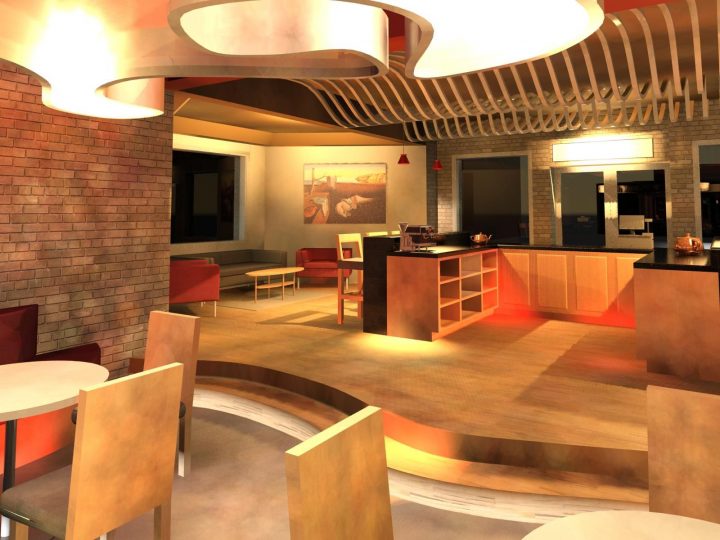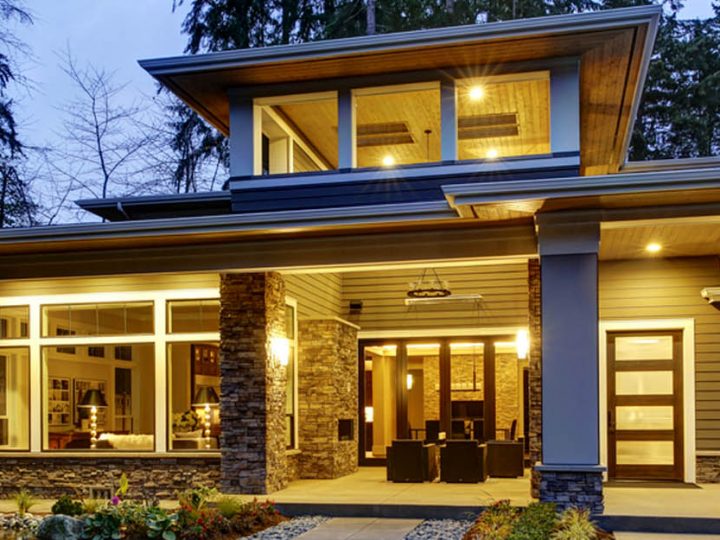Let the sunshine inSolar PV is probably the most universally available of all the renewable energy technologies. It can be installed anywhere the sun shines, it generates electricity for use on site, and the initial cost of installation is outweighed by its revenue-generating potential now that new government-introduced financial incentives are in place.
Once installed, a PV system requires very little maintenance and will provide electricity cleanly and quietly for 25 years or more.
PV arrays can be mounted in a range of locations, but the roof of a building usually provides the best and simplest site. That said, if you want to power a building with solar energy, it is not quite as simple as just slapping some PV modules on the roof; although the technology itself is relatively uncomplicated, not every roof has the optimum orientation or angle of inclination to take full advantage of the sun’s energy. The effect on solar yield of these factors in combination is shown in the chart on p66.
In the northern hemisphere, the PV array should ideally face true south for the best result, although it is also possible to use a roof oriented between east and west with relatively little sacrifice of the system’s efficiency. The angle at which the solar panels are inclined also affects their performance. In the UK, roof pitches between 20º and 50º are likely to be viable options, with peak performance being achieved with a pitch of around 30º to 40º.
It is also important that the PV array is not shaded by high buildings or trees, as even partial shading for part of the day will significantly reduce power production.
Photovoltaic cells are made up of semiconductor wafers protected from the elements by layers of electrical insulation and a sheet of glass on their exposed face. These cells convert daylight into DC (direct current electricity). Energy from photons in sunlight hits the solar panel and is absorbed by semiconducting materials, such as mono-crystalline silicon.
Negatively-charged electrons are knocked loose from their atoms, leaving positively-charged holes behind, allowing them to flow through the material to produce electricity.
Due to the special composition of solar cells, the electrons are only allowed to move in one direction.
The individual cells are usually connected in series in modules, which can then be interconnected in series or parallel, or both, to create an array with the desired peak DC voltage and current. Most PV systems in the UK are connected to the National Grid and an inverter is used to turn the DC into domestically usable 230V 50Hz AC.
The output is fed directly into, and synchronised with, a building’s existing mains supply. Power produced by the PV system will be used in the building first, and any surplus electricity is exported to the National Grid, with any shortages being made up from the
grid network.
As with many things in life, size is important. In practice, however, the size of a system is largely determined by the available roofspace.
PV arrays are sized in kWp (kilowatt-peak) – the rated output under standard test conditions. An optimally-sited 1kWp (8m2) array will generate around 858kWh a year, so the bigger the array, the higher the power output. For comparison purposes, the yearly electricity requirement (excluding water and space heating) for a four-person household is approximately 3,300kWh.
While PV systems can be installed to a fixed frame on a flat roof, or as facade glazing, they are most commonly used on pitched roofs, where two types of system are available: integrated and above-the-roof.
Above-the-roof systems are more commonly installed as a retrofit to an existing roof.
While they have their place, a poorly fitted above-the-roof system can compromise the weather-tightness of the roof and lead to maintenance problems. Integrated systems, such as the Redland Solar PV tile, offer distinct aesthetic and performance benefits and should be the preferred option in new-build projects or if the whole roof is being replaced.
The Redland system is the first to offer housing specifiers a fully integrated PV solution for slate, plain tile and profile tile roofs.
The system replicates the laying patterns of the roof tiles they replace and exactly matches the interlocks of eight popular tile ranges. Not only is it easy to install; it also gives an extremely neat appearance on the roof. It has also been subjected to rigorous testing to ensure weathertightness and resistance to wind uplift, and it combines a 25-year power output guarantee with Redland’s 15-year Roof System Guarantee, which the company claims is the most comprehensive on the market.
To help the UK meet its targets on reducing carbon emissions, the government recently introduced Feed-in Tariffs to reward those who generate their own low-carbon electricity. To qualify for this, PV microgenerators must ensure that both the installer and the PV system used are MCS-certified.




